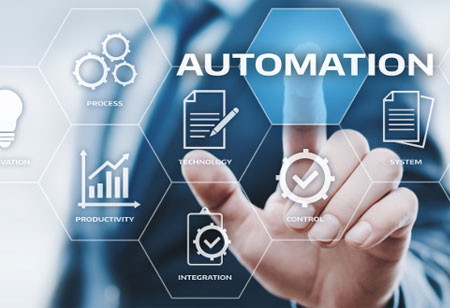THANK YOU FOR SUBSCRIBING
Automation in Packing Line
Packaging manufacturing is a highly sophisticated procedure that requires the production of high volume at high speed. This intense process shouldn’t affect the quality and personalization of the products as well.

By
Apac CIOOutlook | Thursday, January 01, 1970
Stay ahead of the industry with exclusive feature stories on the top companies, expert insights and the latest news delivered straight to your inbox. Subscribe today.
Packaging manufacturing is a highly sophisticated procedure that requires the production of high volume at high speed. This intense process shouldn’t affect the quality and personalization of the products as well.
Before going for a packing automation process, weigh the needs of the enterprises packaging operation as it relates to workforce interaction and skill, quality, safety, productivity, and profitability. These are the key factors which need to be considered when deciding to use semi-automated or fully automated packaging machines on an establishment’s production line.
However, along with the growing adoption and implementation of automation and robotics into production lines, various manufacturing sectors required to reduce costs. This can also enable the production of even more consistent quality products, which could result in increased profit margins. However, the decision making to identify the amount of automation that is required in a packaging line is a pretty tough task.
Simply eliminating and shrinking the number of workers and oversight on the production line doesn’t always bring about greater efficiency in the process. Manufacturers should analyze and identify the requirements of their production lines to adopt the right level of automation, whether its semi or fully automated packaging equipment.
Depending on the type of automation required in the facility, full or partial automation can assist manufacturers in achieving their business goals. The differences between the two hinges are based on one major factor: employee interaction. Fully automated lines operation normally requires no workforce involvement. But, while using semi-automated lines, it relies on some employee interface to maintain efficient operations.
Whatever the case is, there are the advantages and disadvantages depending on the circumstances. Both fully and semi-automated systems are capable of reducing production costs while increasing profit and improving product quality.





